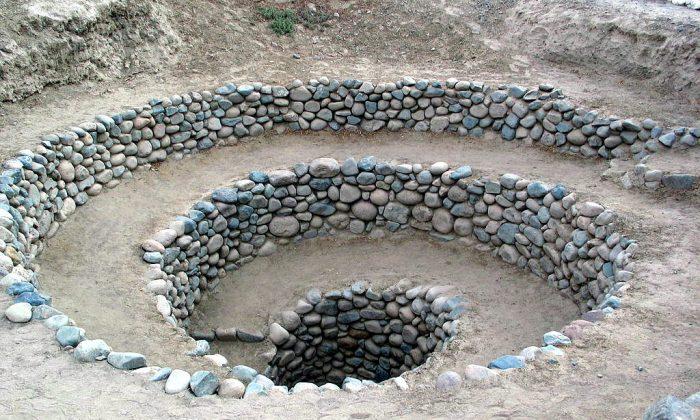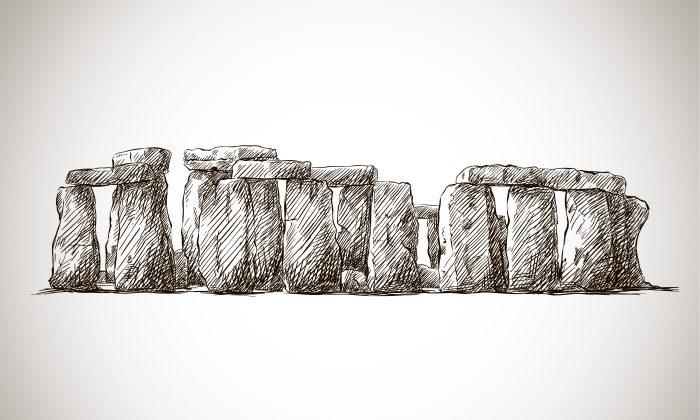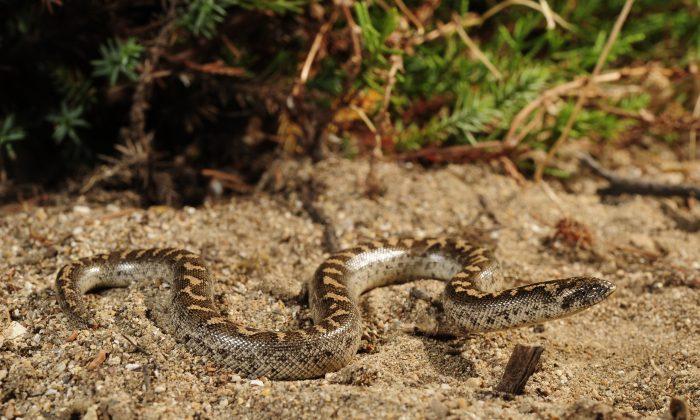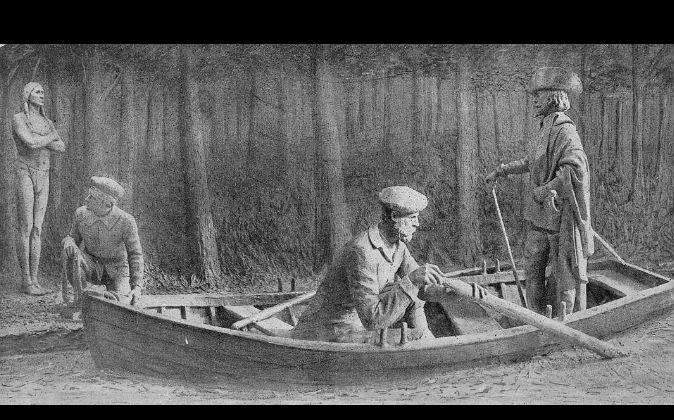The majority of European men are descended from just a few Bronze Age male ancestors, says a genetic study published in the journal Nature Communications on May 19.
The presence of genetic material from just a few men in the Y-chromosome sequence resulted from a population explosion several thousand years ago, researchers said. There was a huge increase in the population 2,000 to 4,000 years ago, in a band from Greece and the Balkans to the British Isles and Scandinavia.
The researchers from the University of Leicester in England, headed by Professor Mark Jobling, determined the origin of DNA sequences of a big part of the Y chromosome in 334 men from 17 populations in Europe and the Middle East. They found three very young branches of DNA account for Y chromosomes of 64 percent of the men who gave genetic material for the study. The team used new methods for analyzing DNA variation, allowing them to give a clearer picture of diversity and to give a better estimate of timing of population variations than has been possible in past research.
“The population expansion falls within the Bronze Age, which involved changes in burial practices, the spread of horse-riding, and developments in weaponry. Dominant males linked with these cultures could be responsible for the Y-chromosome patterns we see today,” Jobling said, according to a University of Leicester press release.
Research into Europeans’ genetic heritage had previously focused on Old Stone Age (Paleolithic) or New Stone Age (Neolithic) ancestor-farmers of about 10,000 years ago.
The principal author of the study in Nature, Chiara Batini of the University of Leicester, said: “Given the cultural complexity of the Bronze Age, it’s difficult to link a particular event to the population growth that we infer. But Y-chromosome DNA sequences from skeletal remains are becoming available, and this will help us to understand what happened, and when.”

A finding by researchers from Harvard University in 2014 found that the European population was descended from three tribes that had intermarried. This study was also published in Nature.
The BBC, reporting on the study, said the modern European gene pool developed from the three populations within the past 7,000 years.
“Blue-eyed, swarthy hunters mingled with brown-eyed, pale-skinned farmers as the latter swept into Europe from the Near East. But another, mysterious population with Siberian affinities also contributed to the genetic landscape of the continent. ... Multiple lines of evidence suggested this new way of life was spread by a wave of migrants, who interbred with the indigenous European hunter-gatherers they encountered on the way,” the BBC wrote.
The study found humans arrived in Europe about 45,000 years ago. These people were replaced by others who arrived from the Near East and the Levant about 7,000 years ago, according to researchers who examined ancient and modern DNA. Researches from Harvard found most modern Europeans have a mixture of early European farmer DNA, western European hunter-gatherer DNA and some northern Eurasian ancestry.
For this study the researchers studied DNA in ancient bones of seven Scandinavian hunter-gatherers, one from Luxembourg and an ancient farmer from the area of Stuttgart, Germany, and compared it to the genomes of 2,000 modern people around the world. So this was different than the more recent study by the University of Leicester, which examined just the modern DNA of living men.
Republished with permission. Read the original at Ancient Origins.
*Illustration of Bronze Age warriors by Mike Bishop/Flickr



